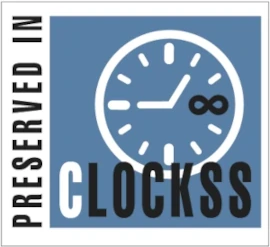Editorial: Categorising Migrants: Standards, complexities, and politics
DOI:
https://doi.org/10.14197/atr.201218111Abstract
In spring 2017, New York Times correspondent Patrick Kingsley went to Turkey to cover the lives of Syrian refugees. In Istanbul, Kingsley met Abu Mohammed, a former surgeon’s assistant from Syria, who between 2015 and 2016 had helped to facilitate the passage of refugees from his home country into Greece. After narrowly escaping death in his own failed attempt to reach Europe, Mohammed had earned some USD 800,000 with ‘smuggling’ activities. He himself spoke of a ‘dirty business’, but it had also been more than just a business—the refugees whom he had helped reach Europe included relatives and even his own son.
Kingsley also met 15-year-old Syrian Ismail Alanzi, a refugee working ‘up to 11 hours a day, six days a week’ on a farm in the east of Turkey—much more than the limit set by Turkish law for someone his age. With his father unable to find employment, however, the burden of supporting the family fell upon Ismail. He earned about TRY 800 (USD 225) per month for his toil, which was little more than half of the statutory minimum wage in the country. Ismail also received permission for his family to set up a tent on the land of his employer as they struggled to find proper housing. Turkish law restricts refugees to residing in the province where they are registered, but the family had moved in search of work.
Metrics
Published
How to Cite
Issue
Section
License
The Anti-Trafficking Review has a policy of licensing under the Creative Commons Attribution License (CC-BY). Under the CC-BY license, the public is free to share, adapt, and make commercial use of the work. To protect our work and that of our authors, however, users must always give proper attribution to the author(s) and the Anti-Trafficking Review (i.e. with a complete bibliographic citation and link to the Anti-Trafficking Review website and/or DOI).
The Anti-Trafficking Review promotes the sharing of information, and we therefore encourage the reproduction and onward dissemination of articles published with us.








